
Coarsegold, California
Revised 6-27-09
![]()
.jpg) NOTES
NOTES
Baby Blue-Eyes
|
.jpg)
Baby Blue-Eyes
|
.jpg) NOTES
NOTES
Bachelor's Button
|
.jpg)
Bachelor's Button, Leaves
|
|
Sierra Bluecup
|
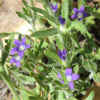
Sierra Bluecup, Leaves |
.jpg) NOTES
NOTES
Blue Curls
|
|
.jpg) NOTES
NOTES
Blue-Dick
|
.jpg)
Blue-Dick
|
.jpg) NOTES
NOTES
Elegant Brodiaea
|
.jpg)
Elegant Brodiaea
|
.jpg) NOTES
NOTES
Deerbrush
|
.jpg)
Deerbrush
|
.jpg) NOTES
NOTES
Fiesta Flower
|
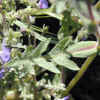
Fiesta Flower, Leaves
|
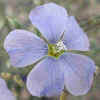 NOTES
NOTES
Wild Blue Flax
|
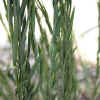
Wild Blue Flax
, Leaves |
.jpg) NOTES
NOTES
Bird's-Eye Gilia
|
.jpg)
Bird's-Eye Gilia
|
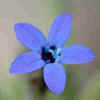 NOTES
NOTES
Blue False Gilia |
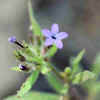 Blue False Gilia, Leaves
|
 NOTES
NOTES
Foothill Gilia
|

Foothill Gilia, Leaves
|
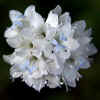
Foothill Gilia, Variant
|
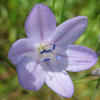 NOTES
NOTES
Grass Nut
|
.jpg)
Grass Nut
|
|
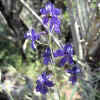 NOTES
NOTES
Foothill
Larkspur
|
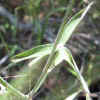
Foothill
Larkspur, Leaves |
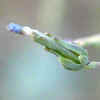 NOTES
NOTES
Prickly Lettuce
|
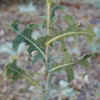
Prickly Lettuce,
Leaves |
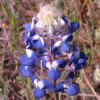 NOTES
NOTES
Bentham's Lupine
|
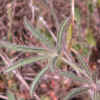
Bentham's Lupine, Leaves
|
.jpg) NOTES
NOTES
Miniature Lupine
|
.jpg)
Miniature Lupine, Leaves
|
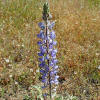 NOTES
NOTES
Sierra
Lupine
|
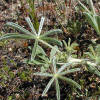
Sierra
Lupine, Leaves |
.jpg) NOTES
NOTES
Silver Bush Lupine
|
.jpg)
Silver Bush Lupine
|
.jpg) NOTES
NOTES
Downy Navarretia
|
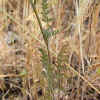
Downy Navarretia, Leaves
|
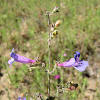 NOTES
NOTES
Gay Penstemon |
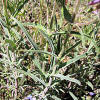
Gay
Penstemon, Leaves |
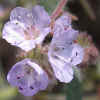 NOTES
NOTES
Common Phacelia
|
.jpg)
Common Phacelia, Leaves
|
.jpg) NOTES
NOTES
Danny's Skullcap
|
.jpg)
Danny's Skullcap, Leaves
|
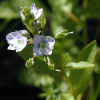 NOTES
NOTES
American Speedwell
|
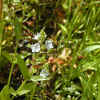
American Speedwell, Leaves |
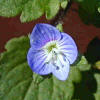 NOTES
NOTES
Birdseye Speedwell
|
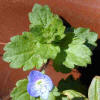
Birdseye Speedwell, Leaves |
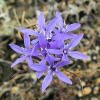 NOTES
NOTES
Tehachapi Wool Star
|

Tehachapi Wool Star
|
.jpg)